What does bok choy taste like?How do you prepare bok choy?
How nutritious is bok choy?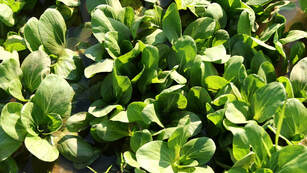 Bok choy is a nutrient-packed vegetable that has a glycemic load of only 1 (how much carbohydrate is in the food) and only 20 calories in one cup (sliced and cooked). It is low in sodium and is a moderate source of dietary fiber. It is a good source of iron, vitamin B6, folate, calcium, potassium, and manganese. It is an excellent source of vitamins C, K and A (3). Bok choy is also rich in antioxidants and sulfur-containing compounds, which are known to play a role in cancer prevention, among other benefits (1). When eaten raw or lightly-cooked, it is higher in vitamin C and vitamin K than when eaten cooked. The recipe below is a simple vegetable dish that is colorful and fresh for the summer. Colorful Bok Choy Vegetable Mix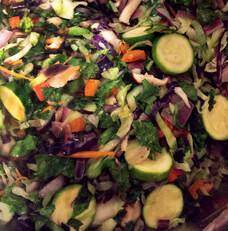 Serves 6-9 Inspired by a vegetable mix found in the produce section at Whole Foods Ingredients:
Directions:
~ Nancy Miller, MS, RDN
References: 1. http://www.whfoods.com/genpage.php?tname=foodspice&dbid=152 2. https://www.wholefoodsmarket.com/blog/whole-story/enjoy-bok-choy (you can find many recipe options here, too!) 3. https://nutritiondata.self.com/facts/vegetables-and-vegetable-products/2378/2
1 Comment
 Every day our eyes undergo the stress of environmental pollutants, ultraviolet light, and blue light which can significantly damage our vision over time. In the United States, the leading causes of blindness are glaucoma, cataracts, and age-related macular degeneration (AMD). The rate of developing these impairments nearly triples in adults after age 65. As the aging population continues to grow, it is crucial to identify effective strategies that can protect and maintain eyesight. Research shows that a diet rich in colorful fruits and vegetables, regular physical activity, and smoking cessation can reduce the development of chronic eye disorders. There are six key nutrients that work together to protect the eye from chronic oxidative damage: Lutein, Zeaxanthin, Omega-3 fatty acids, Vitamin C, Vitamin E, and Catechins. Focus on these nutrients in your diet to help keep your vision sharp. Lutein and Zeaxanthin
Omega-3 Fatty Acids  Research suggests that adequate intake of omega-3 fatty acids can reduce the risk of developing AMD. Additionally, supplementation of Omega-3’s may help relieve symptoms of dry eye. Consuming one serving of fatty fish per week can be protective against AMD, but omega-3’s can also be found in plant sources including flaxseed, chia seed, walnuts, flaxseed oil, canola oil, and certain brands of fortified foods. Vitamin C and Vitamin E
Catechins  Catechins are antioxidants found in green and black tea, red wine, and dark chocolate. Daily intake of these antioxidants can reduce the risk of developing cataracts and glaucoma. Consuming a diet rich in fruits and vegetables is associated with a reduced risk of cataracts, glaucoma, and AMD, while diet patterns high in cholesterol, saturated fat, and red meat have been shown to increase the risk of these conditions. Lutein, zeaxanthin, catechins, Vitamin C, Vitamin E, and omega-3’s have a synergistic effect, meaning eating these nutrients together will have a more a powerful impact than eating one nutrient alone. To get the most of these nutrients, pair them together in a meal. The recipe below pairs salmon (rich in Vitamin E and Omega-3 fatty acids), with parsley (good source of lutein and zeaxanthin), and lemon juice (good source of Vitamin C) to provide a flavorful and antioxidant- rich meal. Enjoy! ~ Mikeisha, Dietetic Intern Honey Mustard Citrus Salmon Directions:
Serves 6-8: Adapted from GimmeSomeOven.com Prep Time: 7 minutes Cook Time: 18 minutes Nutrition per 6 oz serving: 248 calories, 32 grams protein, 7 g fat, 2.5 g Omega 3’s References:
In a previous blog post, I shared a list of top pantry picks from Costco, so please feel free to check that out if you haven’t already. Now that we have your pantry covered, let’s discuss some top picks for your fridge. In order to pick the best products, I focused on food quality and considered the following:
As mentioned in the previous post, the products you choose for yourself and your family will depend on many things, including health goals, food preferences, need for convenience, allergies, intolerances and more. So, without further ado, let’s get to it! Meat, Fish, Eggs & Tofu
Sauces, Dips & Condiments
Dairy
Beverages
Hopefully this list made stocking your fridge with quality products from Costco a little easier. Stay tuned for a final post regarding my top Costco picks for your freezer…
~Colleen Drosdeck, RDN, CD Back to the BasicsDid you know that the average adult consists of about 50-60% water? Water is an essential nutrient for all living things (that includes us!) and has many functions in the body. It acts as a lubricant for your joints and eyes and is the main component of saliva. Water also helps get rid of waste and helps regulate body temperature. Hydration is the process of replacing water in the body. There are many ways to accomplish this, but here are just a few ideas:
When your body doesn’t have enough water to function optimally, it becomes dehydrated. DehydrationYour body loses water all the time. When you go to the bathroom, from sweat, and also evaporation from your skin. If you don’t consume enough fluids, you will become dehydrated. Signs of dehydration include:
Can dehydration be measured? One way that you can keep an eye on your hydration levels is by measuring the amount of water lost during exercise. Weighing yourself before and after exercise can be a useful tool in estimating your hydration status. 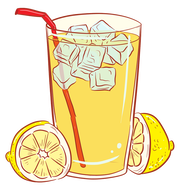 Water is necessary for the transportation of oxygen and nutrients that your body needs for daily activities. This entire system can be thrown off when you lose water. When you are dehydrated, your body also has a lower overall blood volume, making your heart work that much harder to pump blood to your organs. *Tip: Throughout the day when you use the bathroom, look at the color of your urine. This can give you a good idea of your hydration status. Lemonade color = optimal hydration! View a handy hydration chart here. Hydration Sources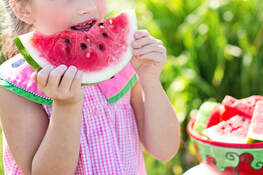 Water can be found in many sources. Water and other liquid drinks make up the majority at 80% of water consumed. Not all drinks are hydrating, however. Alcohol is one beverage that can actually dehydrate you. It’s a good rule of thumb to drink one glass of water for every alcoholic drink consumed. Food makes up the other 20% of water consumed, which includes fruit, vegetables, and yogurt. Soups are also hydrating, which contain sodium to aid in electrolyte replacement. If you are watching your sodium intake, make sure to read the labels on prepared soups, which can be quite high in sodium. Electrolytes and Fluid Balance
Electrolytes can be found in sports drinks, but can also be found naturally in food. Foods high in sodium include salted nuts or trail mix, pretzels, crackers, and table salt. Processed foods tend to contain very high levels of sodium. Try sticking to whole foods to find a good balance between electrolyte and fluid intake. Foods high in potassium include bananas, potatoes, dark leafy greens, and citrus fruits. Foods high in magnesium include pumpkin seeds, almonds, cashews, peanut butter, spinach, and beans. RecommendationsThere is no one-size fits all recommendation for daily fluid intake. Your fluid needs vary depending on your body composition, activity level, and the amount of water lost through sweating and breathing. The Institute of Medicine (IOM) generally recommends men aged 19 and older consume 3.7 liters per day (about 15 cups) and women aged 19 older consume 2.7 liters per day (about 11 cups) from all fluid sources (water, other liquids, and foods). References
~Daniel, Dietetic Intern |
SD BlogA place for our consultant Registered Dietitian Nutritionists (RDNs) to share nutrition science, yummy and healthy recipes, tips on seasonal ingredients, and other nutritional musings. Enjoy! Categories
All
Archives
May 2024
|

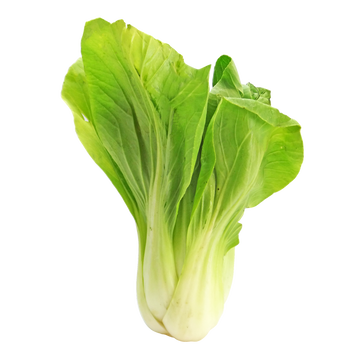
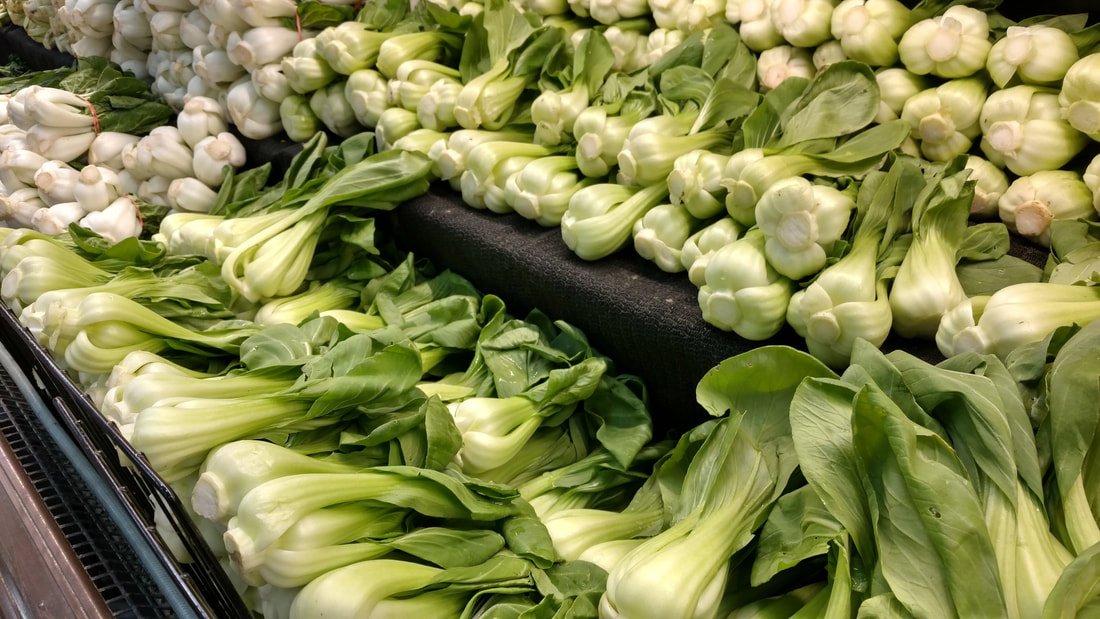
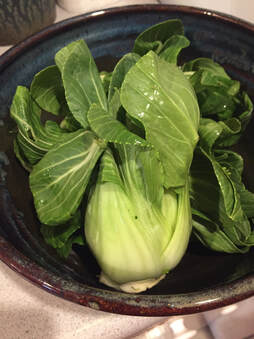
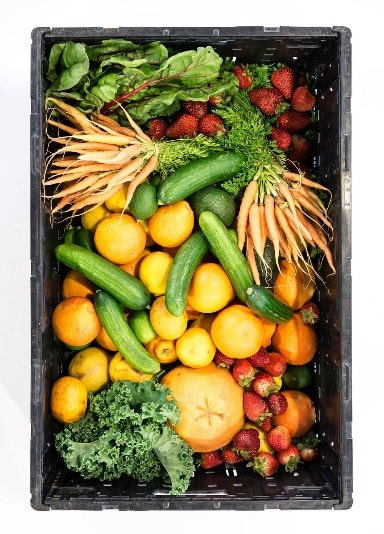
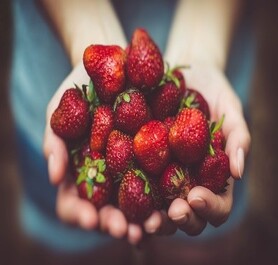
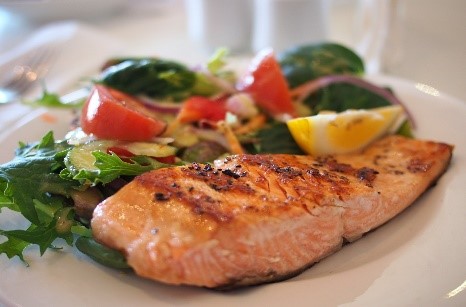

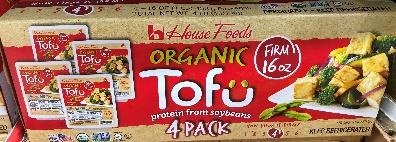
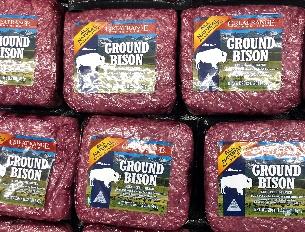
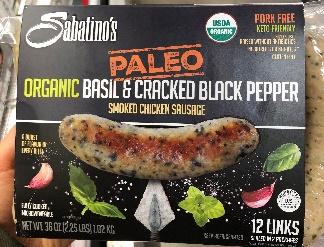
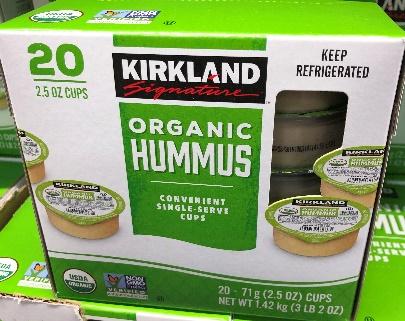
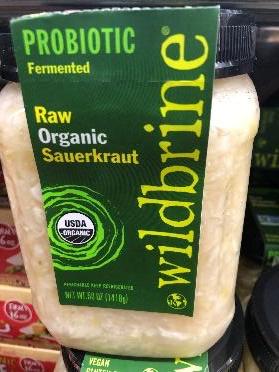
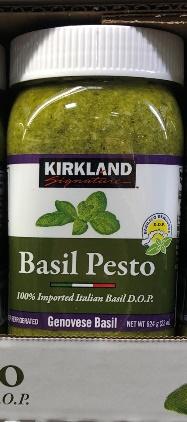
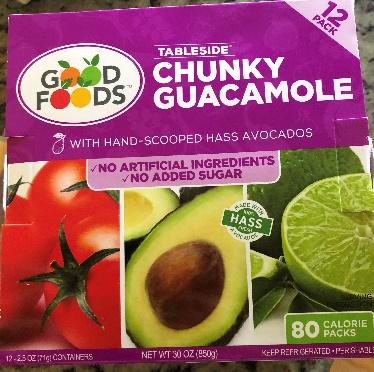
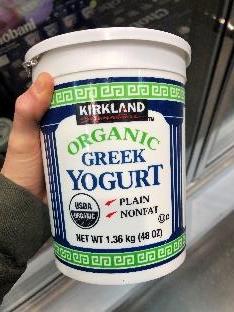
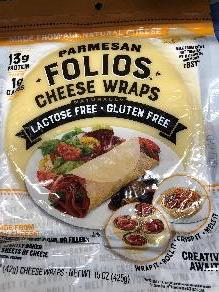
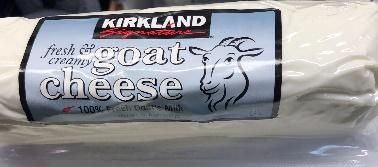
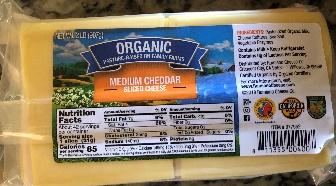

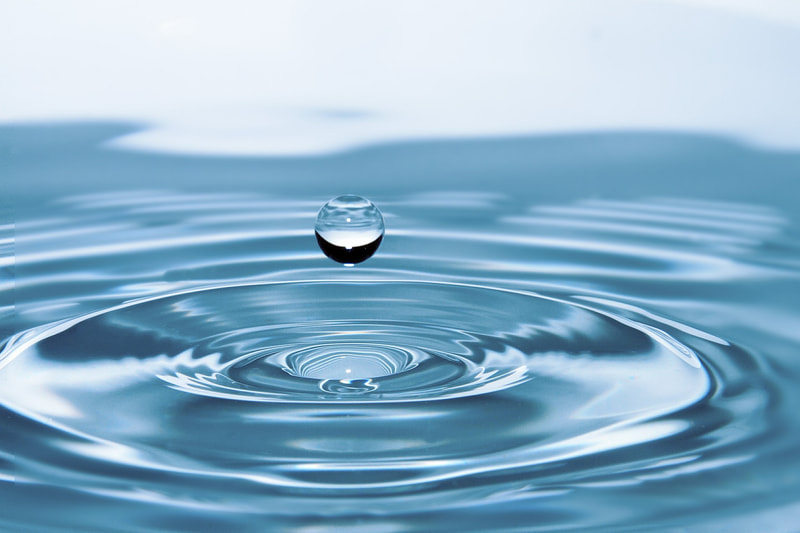
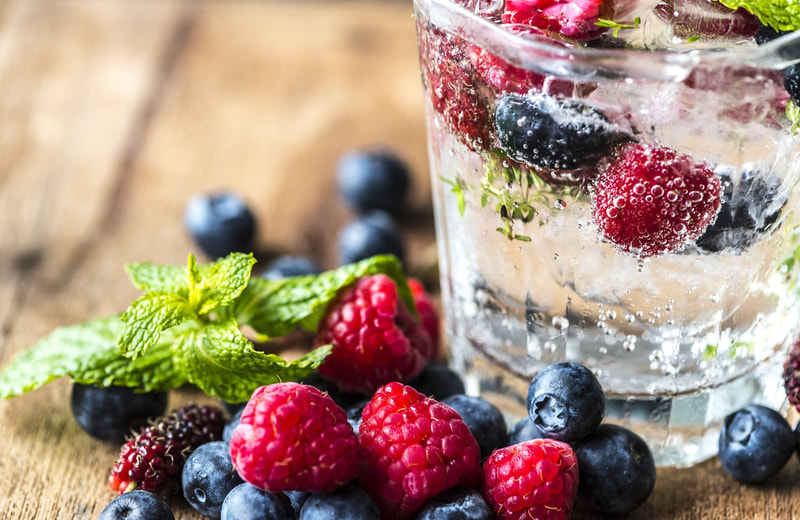
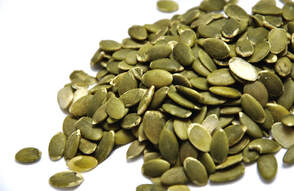
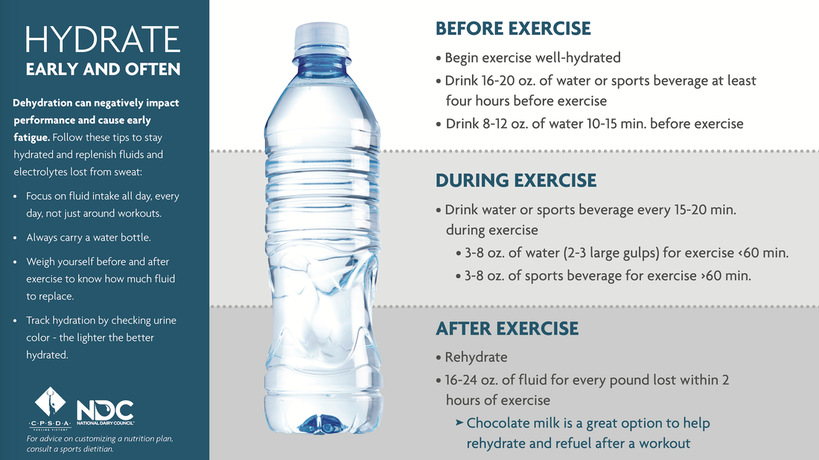
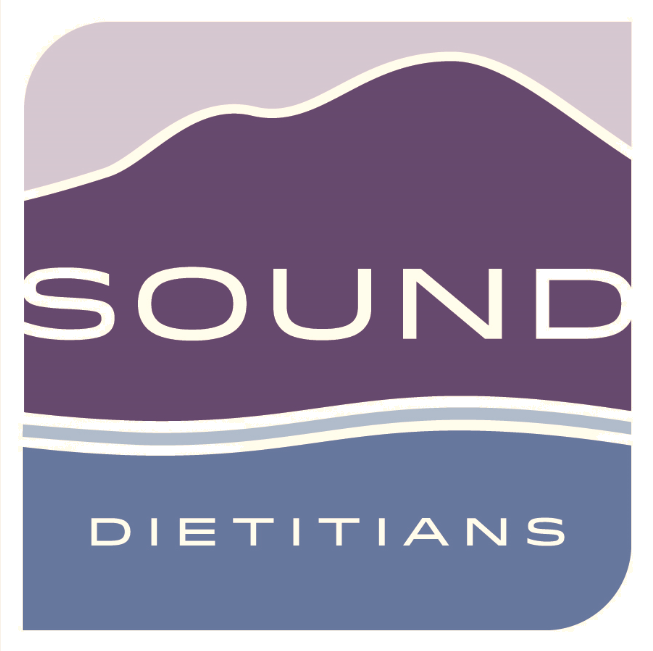
 RSS Feed
RSS Feed